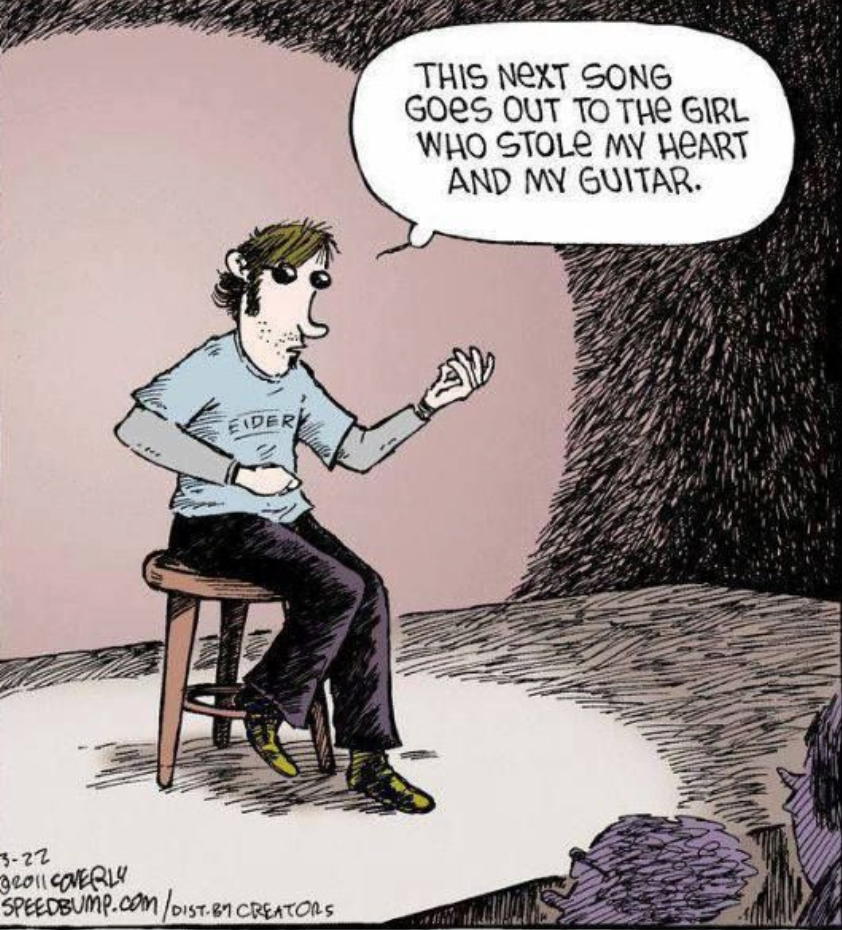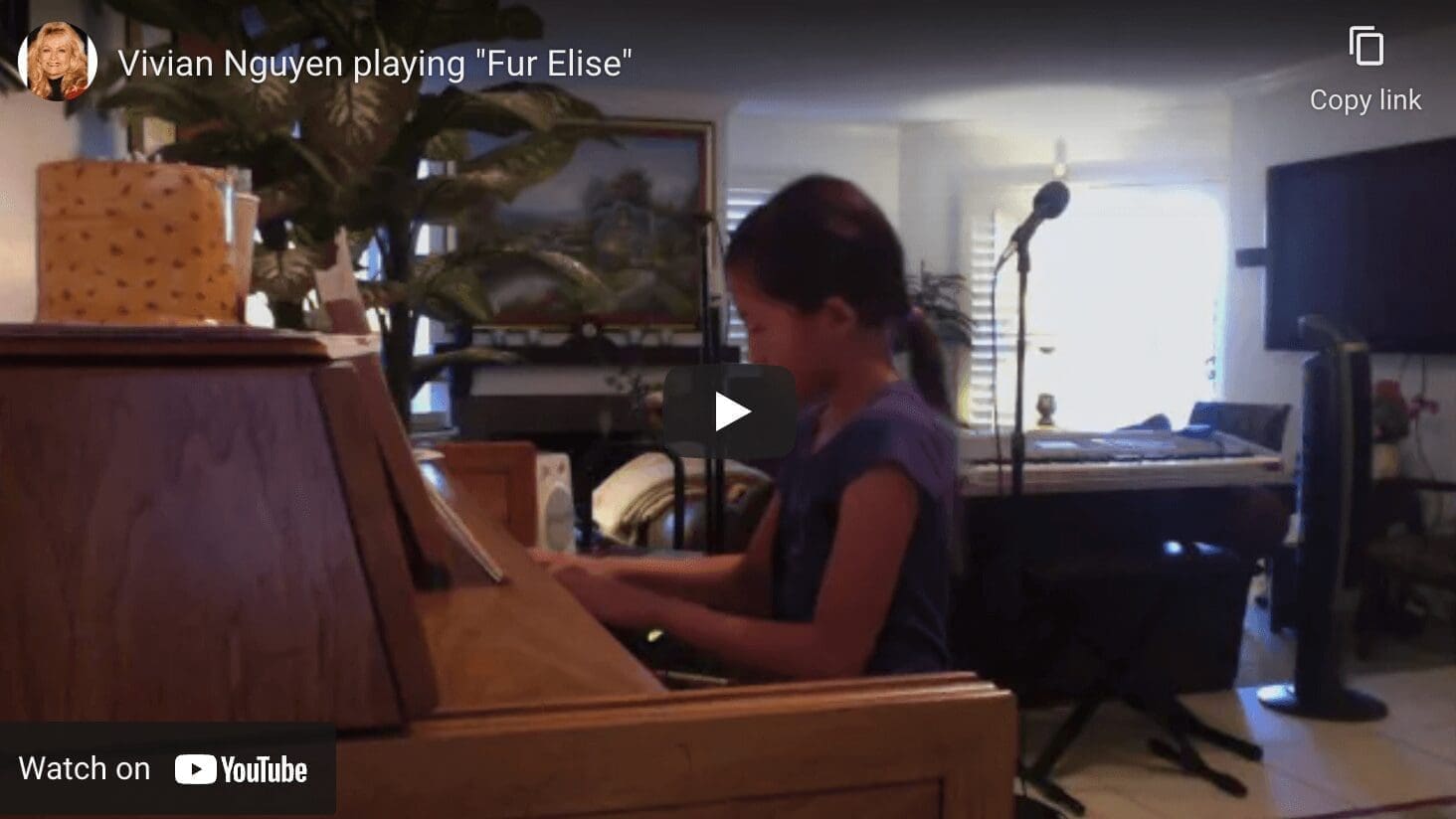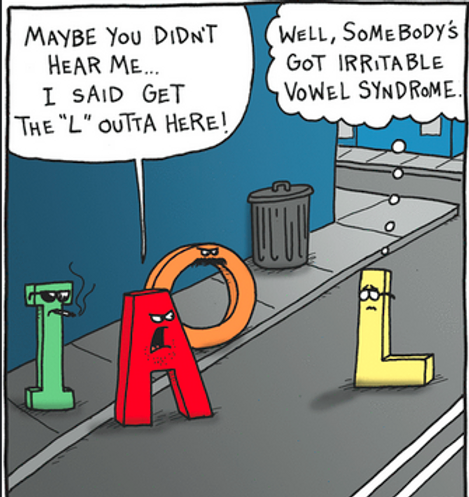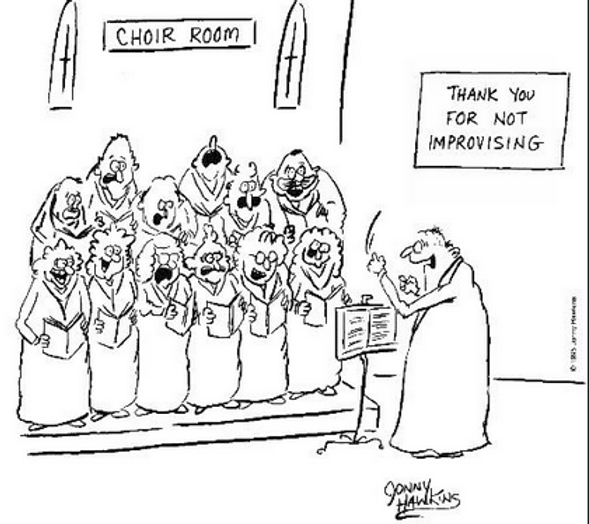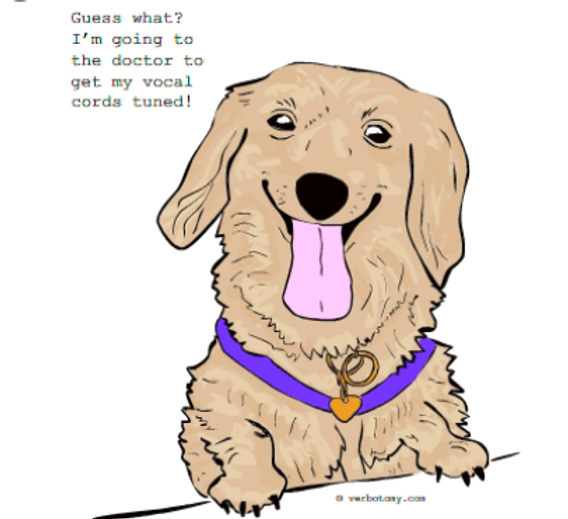Explore the Michelle Ostrove Blog
You need breath to sustain (hold) a note. Holding a note with no vibrato can get a little boring but holding them with a little dynamic (loudness & softness), variations can be useful. The opposite of singing with vibrato (a pulsating variation) is to sing with straight tone (or what I call holding the note solid in the tone) with no fluctuation in pitch. To do this you must use your diaphragm, no movement and staying on the pitch. You…
Read MoreThe understanding of music is about recognizing or identifying the structure and patterns in a song. You don’t have to be a singer or pianist, even someone with no musical background can follow the patterns of a song. You have an instinct of where the melody is going or when the chorus is coming because of patters and structure. When studying music theory, you examine all of the components that are used in writing a piece of music. It is…
Read MoreThe piano was developed around 1700 by Bartolomeo Cristofori in Italy. Many modifications have been made along the way. Throughout the years, there has been as many as six pedals, before finally arriving at its current configuration of three. Piano pedals are operated by the foot and located at the base of a piano. The purpose of the pedals is to change the tone of the piano in different ways. Let’s talk about the three pedals from left to right.…
Read MoreWhen approaching a note, whether it’s playing piano or singing a song, there are different ways to approach a note. For instance, to play or sing with force, loudness or soft and connected are a few different ways. How to approach a note in singing is called vocal onset. We will discuss the different ways to approach a note while singing or playing the piano (or any other instrument). Staccato: You must strike the keys or sing the note a…
Read MoreA singer whose vocal resonance is even and consistently good from note to note, high or low, soft or loud, is changing the vowels semitone by and the vocal tract is constantly changing form. Singers have to work on how they form certain vowel sounds in a performance. Some vowel sounds are naturally brighter than others. For instance the “ee” vowel sound tends to be very bright and without some modification. The sound can stick out when singing a song.…
Read MoreThe word arpeggio comes from the Italian word arpeggiare and it means to play on a harp. If a singer sang an arpeggio or a pianist played an arpeggio, it would be a group of notes for a particular chord one after the other. It can also be called a broken chord. For instance, the C chord consists of C E & G, so you would sing or play C E G one right after the other and you can…
Read MorePart of getting the most out of your singing voice is to understand your own voice type. When you have a better understanding of your own anatomy, you are more able to know what to expect from your voice. So make sure you read the last blog about “Unlocking The Key To Your Voice”. Knowing your voice type is really handy if you want to sing in a community choir, audition for a music theatre production or join a vocal…
Read MoreWhen you sing, articulation shapes your tone, the formation of a clear and distinct sound while singing and vowel articulation forms your vowel sounds and makes a huge impact on how you sound when you sing. If you are not forming them properly you will not sound your best. You can change the way you sound instantly through articulation. Articulation also deals with the clarity of playing piano or any other instrument. For a singer, articulation deals with the clarity,…
Read MoreDo you want to get the most out of your singing voice? Are you trying to make your voice stand out from the rest? There are a few techniques you can use to make your singing stand out from the rest. How you begin to sing a note or initiate pitch is key. Today we will talk about one of the techniques. A hard vocal onset or glottal attack when singing a note. There is a gap between the two…
Read MoreThe vocal tract is made up of four parts: the oral cavity (which is the inside of your mouth from the lips to the front two-thirds of you tongue), the nasal cavity (inside the nose), the larynx (voice box which houses the vocal folds – cords), and the pharynx (hollow tube that starts behind the nose and goes down the back of the neck). Each of these four components of your vocal tract used to produce sound. You can think…
Read More
